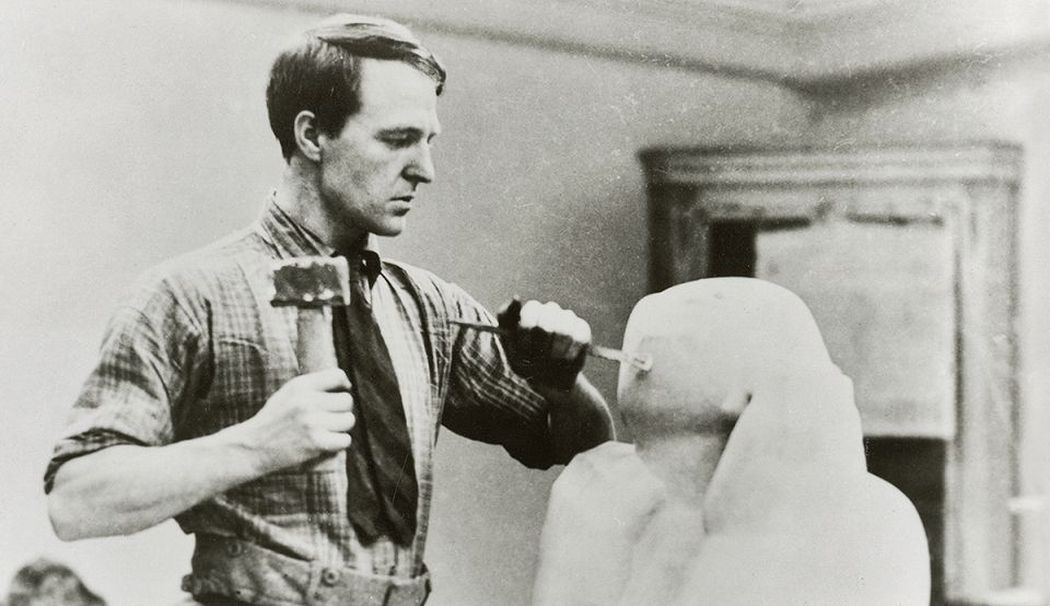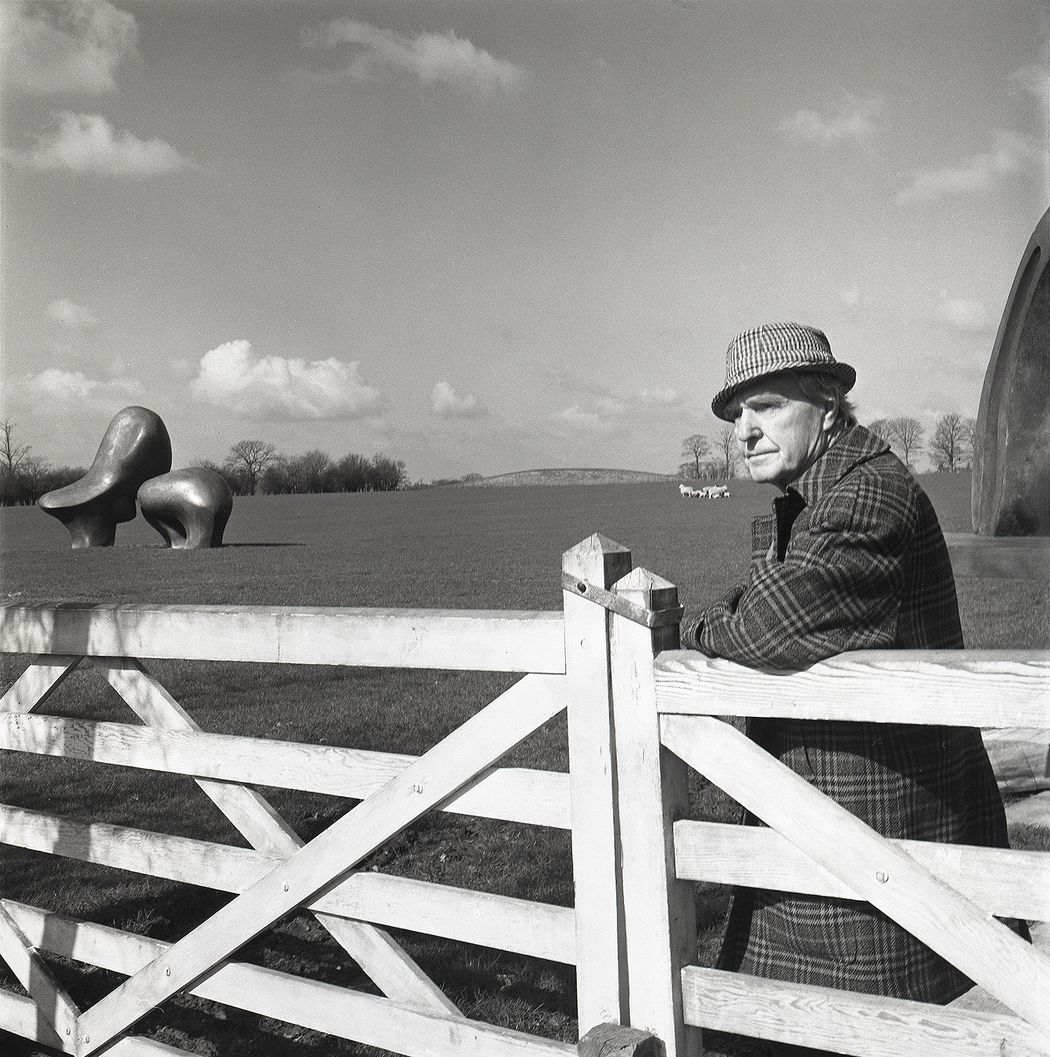Becoming Henry Moore
Henry Moore Studios and Gardens, Perry Green | 14 April – 22 October 2017
Henry Moore Institute, Leeds | 30 November – 18 February 2018
The exhibition Becoming Henry Moore provides an insight into the influences at play in the mind of Britain's foremost modern sculptor during his formative years. The exhibition also highlights the acts of generosity that supported Moore's artistic development. His talent was spotted at a young age at school in his West Yorkshire home town of Castleford by a progressive headmaster, 'Toddy' Dawes, and an encouraging art teacher, Alice Gostick. Moore's first exposure to contemporary art was on the pages of journals supplied by Miss Gostick.
After World War I Moore received an ex-serviceman's grant to attend Leeds School of Art. As a student in Leeds, Moore gained privileged access to original works by Matisse, Van Gogh, Gaugin and Kandinsky. It was also in Leeds that Moore first encountered non-Western art in Roger Fry's Vision and Design, which proved to be a lifelong fascination and artistic influence.
When Moore arrived in London in 1921, to take up his scholarship at the Royal College of Art, he was exhilarated by the buzz of the city that left him in a 'dream of excitement.' Whilst Moore abided by the curriculum, which focused on copying classical Western art, he spent much of his spare time amongst African, Aztec and Cycladic sculpture in the British Museum and devoured books in the reference library of the Victoria and Albert Museum. Trips to Paris and Italy provided further sources of inspiration, from the modern master Paul Cézanne to the great artists of the Renaissance.
During the 1920s, Moore synthesised all he had learned to develop his own distinctive style. Turning away from the traditional curriculum of the Royal College, Moore embraced non-Western art and the sculptural ideas promoted by the avant-garde. Immersed in an exciting circle of artists, including Jacob Epstein and Leon Underwood, Moore was encouraged to trust his artistic instincts.
After a decade of experimentation, Moore had arrived at some of the now iconic themes that would dominate his work for the rest of his career: the reclining figure, the mother and child and the opening up of sculptural form.


